About the Guest
Kathie Niven is the CEO of Biscuitville. Kathie has led in roles as CEO, CMO, president, vice-president, and senior executive for both national and international brands. In 2014, she led the rebranding of Biscuitville, which included the addition of FRESH SOUTHERN® to its name, remodeling nearly all of its restaurants and a re-energized commitment to sourcing locally.
Episode Summary
In this episode, we chat with Kathie Niven, CEO of Biscuitville. Tune in to hear why Kathie and her team bucked industry trends and decided to forgo third-party delivery. Kathie shares how she led Biscuitville through a complete refresh of their brand. Zach and Kathie also chat about best practices for optimizing locations for a growing drive-thru channel.
Episode Transcript
Zach Goldstein
(00:01):
From fake meat and robot chefs to ghost kitchens and delivery drones, the restaurant industry is rapidly evolving. Welcome to Food Fighters, bringing you interviews with the leading industry trailblazers. I'm your host, Zach Goldstein.
Zach Goldstein
(00:18):
Welcome back to food fighters. I'm your host, Zach Goldstein, extremely excited to be here with Kathie Niven, CEO of Biscuitville. Welcome to the Food Fighters podcast, Kathie.
Kathie Niven
(00:29):
Thank you, Zach. We're excited to be here with you today.
Zach Goldstein
(00:32):
Kathy Niven is the CEO of Biscuitville serving in roles as CEO, COO, President, Vice President, and Senior Executive for both national and international brands. She led the rebranding of Biscuitville in 2014, which included the addition of fresh Southern to its name, remodelling nearly all of its restaurants and reenergizing a commitment to sourcing locally. Super excited to talk about that experience, but I actually wanted to start with one of the unique decisions you've made more recently, which is to completely forgo third-party delivery through through technology partners or in your case, not partners such as Door Dash and Uber Eats. What led to that bold decision, which seems to be completely different from the way most restaurants are responding to the off-premise boom?
Kathie Niven
(01:24):
First of all, it wasn't a really easy decision to make, particularly when a lot of the QSR headlines were that people were seeing top-line sales in excess of 15 to 20%. And so our first reaction was concern over missing out on that share of the market. But really, the beauty of being a family locally owned company is we tend to be very profit driven and not top-line driven. So when we really started digging into what we could find from the profitability of getting involved with third party delivery with the bigger decision maker, but really the second one is one of our differentiators. And part of our value proposition is the quality, local sourcing, family owned companies that we work with. And we were really concerned about the integrity of how the products would be delivered. So there was a lot more that went into it, but I would say that those two are really the decision points that pushed us over the edge.
Zach Goldstein
(02:18):
Let's spend some time on the economic part cause I think that's interesting, but one of the things that when you talk about quality control, one of the things is that's not a theoretical thing because in spite of the fact that you weren't partnering with the delivery companies, there was a period where they were trying to deliver your food anyways. Right? And so you had to actually put your foot down on that and establish that that's not a direction that consumers are going to interact with Biscuitville.
Kathie Niven
(02:46):
That's accurate. And we still are doing that. We have cases every day where people are going around the system and they're set up to be able to do that. And so we're constantly sort of battling that. We certainly don't want to create issues those companies, but we certainly do everything we can to make sure they understand that we do want to do as, as a brand, I think from a profitability perspective, you know, isn't just about bottom line net income profitability. It also has to do with the disruption at the restaurant. And because we were considering it more, right when COVID started to hit, we were very, very sensitive about the process in our drive-through, which is very lucrative for us. And we felt like anything that would interrupt the operational excellence of that system was also going to be a risk for us.
Kathie Niven
(03:33):
It wasn't just about the actual, the structure of the third party delivery, partnership and structure. It was also just from an operating kind of rhythm perspective. We really just weren't advanced enough on our internal and our model from the facility design from our POS infrastructure, which I think you're aware we got real behind on. So yeah, I mean, once we made the decision and actually looking back on it now, we're pretty happy. We didn't make that decision and don't get me wrong. I think there are a lot of brands that are set up beautifully for that. I don't think they would be in the place they are today. Had they not done that? That's just not how our system was set up and we're still sticking to that decision.
Zach Goldstein
(04:16):
You mentioned one, you know, the profitability discussion around third party is one that is at this point, well-known, such a huge take rate and restaurants don't have massive profit margins already. And so there's a question of, if it's not true incrementality, it's hard to demonstrate that that's, that that's profitable, but you bring up a second point, which is the impact on your repeat customers in restaurant. And could that harm your profitability ultimately in terms of speed of throughput in terms of quality. And so that sounds like that was as much a factor actually as the question of incremental profit on a single delivery order.
Kathie Niven
(04:58):
Absolutely. We're super sensitive to the experience of our kind of raving fans, if you will. And we've spent a lot of time in other restaurants doing sort of mystery shopping and talk to a lot of frontline cashiers and asked, you know, tell me how this works for you and how is it working with the flow of just your organic business and on the inside the restaurant. And we really rarely heard really positive things from them. It was very disjointed. The restaurant facilities weren't designed for somebody to skip a line or to be made aware of when they come in and then you would disrupt the person at the front counter to grab the order. And, you know, we just felt strongly that the operational sort of design of our restaurants and the facilities themselves were not, we were not ready to give the level of service and sense of urgency that the third-party delivery partners would need from us. So we're not rolling it out long-term but in the short term, we're going to kind of wait until things catch up
Zach Goldstein
(05:56):
And you talked about kind of the technology was one of the reasons that's the case. But you did have an advantage on the flip side, which is during COVID, a lot of business obviously switched to off premises and you already had a robust, healthy off premises through your drive-through. And so that I would imagine that was an asset during this crazy last 18 months.
Kathie Niven
(06:19):
That is a really good point because another variable was that we had two choices. We could either go after and chase the off premise opportunity, which would have taken all of our resources and taken it in that direction. Or did we want to double down on our drive-throughs? And so we felt like we didn't have the resources to do both well. And we thought doing one of them well is the right way to go. And so we decided to double down on our drafters speed and service. So as you, I think you probably know we put our entire culinary operations team. We basically eliminated all of their strategic priorities prior to COVID and had them focused completely on drive-through. So we put in double drive through lines and triple through lines. We had some restaurants with triple drive through lines and a takeout line and a curbside line. We installed two restaurants that we were beta testing with sort of that Chick-fil-A style awning with heaters and air conditioning and sprayers and double menu boards. So we definitely doubled down on that direction. And I still, we still believe that paid off to your point. That was a huge, additional determiner for us is with the limited amount of resources we have, we went in one direction and it was drive-thru.
Zach Goldstein
(07:34):
There's a lot of talk right now is many of the brands you just mentioned, but also Chipotle is innovating on what they Chipotle-lanes and various other new forms or new innovations in the drive through world. What's the limit of that? I mean, you just mentioned having, having three lanes at a certain restaurant, how far can the innovation go on making drive-thru faster, easier, and a fundamental driver of the business? Nope, no pun intended.
Kathie Niven
(08:05):
No, it's interesting because in the beginning, one of my biggest fears was golly, at some point you have to tap out and then everything else is just sort of diminishing returns. And it's just not worth the investment in the technology because space is space. But I will tell you, I was really pleasantly surprised at the ability to transform. The difference is for us is during COVID the restaurant, you know, the dining rooms are closed. So we were able to use all of the parking spaces to create these double, triple, quadruple drive-thru lines, which we kept very steady flow. Then when you open the dining room back up, you lose those. So it isn't really apples to apples, if that makes sense. But I will just tell you that what we ultimately ended up doing is instead of just sort of picking a number we did theoretical drive through for each restaurant and said, look, we think, theoretically, all things considered, you could run 150 cars to your drive through instead of the 90 you're doing today.
Kathie Niven
(09:05):
There's no physical limitation that would stop you from doing that. So we started putting these sort of theoretical high numbers on the restaurant and then sort of went after it. And probably our biggest success story is the restaurant that we sort of prototyped. And we went from an average of somewhere between 90 and a hundred to say, 105 at peak to drive at 150 cars through there. And we used three consecutive high peak hours to start creating our KPIs. So it was pretty remarkable. I feel differently today than I did a year from now, what restaurants could do to maximize and optimize the drive-through.
Zach Goldstein
(09:44):
One of the things that I'm hearing often across the industry is that despite the obvious pain that came with COVID a lot of forced innovation has led to some long-term insights that could be useful. You're at roughly 65 locations today. I'm interested in generally in your growth plans, but actually specifically are any of these insights that you picked up on a different store footprint perhaps even heavier on drive-through. Do you expect any of them to carry through as you open up new locations in the future?
Kathie Niven
(10:16):
Yes, we do. I would say probably there are a lot of them, a lot of them are sort of like tiny little things that we learned as opposed to lots of massively large things. But I would say probably the more outstanding ones are, we're now putting in fittings at all of our new locations so that we can add these awnings as the restaurants grow. Right. So as we build that sales volume, so we don't have to go back and put all these footings into preexisting concrete, you know, what that looks like. So we started adding those footings in advance so that we're prepared to put these awnings up. That was a really big change. I would say, you know, getting cars away from the pickup window is a big one kind of moving those menu boards back. So we had those I could name 10 of the things that we sort of because we had teams of people sitting in these parking lot, watching this stuff all day.
Kathie Niven
(11:05):
We just had a lot of insights that we hadn't taken the time to pick up before. I would say that's a really big one. I think the second one is just not knowing where the future of dining rooms will go. So trying to maximize space for double drive-throughs and throughput versus spending a lot of space on dining room, we on the weekends were a different brand than we are during the week. We have a very different consumer checks are way bigger. It's a family style, sit down environment on the weekends and we decided you just can't build the restaurants for that anymore. That was a pretty solvable change. And then the third one is just the way that we set up kind of what we call the wrap stations. They have to be built to accommodate more throughput. And that was a pinch point for us. I would, those are probably the big ones. And then the obvious one is technology. We're going to be implementing our new POS system next year, and that's going to come with new drive through technology that we have now, but it just isn't as good as this system that we're going to be implementing. So I would say technology, internet, wifi, those kind of capabilities were used to be sort of a nice to have. And now, they're kind of what we would consider a need
Zach Goldstein
(12:18):
Food fighters, stay on the cutting edge
Zach Goldstein
(12:22):
Going back, because you're not afraid of some of the big decisions in you actually led the rebranding prior to become president. When you, I believe for chief brand officer, you actually led the creation of the fresh Southern biscuit, those fresh Southern brand positioning, a new logo restaurant redesign. I believe it was packaging and uniforms. It was, it was everything. When you think about that type of refresh of a strong heritage brand, that's a big undertaking. What led you to do that? And how do you think about staying fresh if you will, as a brand with decisions like that?
Kathie Niven
(13:00):
Well, you're right. It was a huge decision. I mean, as soon as we walked in to just the concept of rebranding and we looked before we even did any research or any estimating, just sitting down on a back of a napkin, we knew this could easily be a $20 million commitment to do it the right way. And so anytime you're looking at that in a family owned company, you want to make sure not only you do it right, but these guys get the return for that investment, which is a pretty massive yes for them. So, you know, the first piece was, do we need to do it? And so from a business perspective, it became extremely obvious that we were at risk of being left behind if we didn't do it. So, you know, the first hurdle was, is it really necessary?
Kathie Niven
(13:42):
And what happens if you don't? And the answer was you're going to become irrelevant and you're going to just get outdated and people are going to outrun you. So once we jumped the what seems like an easy decision to that, we needed to do it. Then we said, okay, well, let's make sure we do it from a consumer perspective and not from what we think we need to do. So we spent the first two years doing nothing but research. So we did 30,000 customer intercepts with existing customers. And then we did a blind study of, I think it was 2000 and 3000 people that were either rejectors or just unaware. And we compile that information and we spent a year just going through that information and sort of parceling out what we thought was important. And also during that phase came up with sort of our new positioning statement, our value proposition, our differentiators.
Kathie Niven
(14:31):
So we really dove into all that work in a year. Sounds like a lot of time, but I think we did it in about half the time it normally would take. And once we felt like we knew who we wanted to be, when we grew up, we put together a nine-year vision plan for the shareholders and said, look, this is what we think we need. This is what the consumers are saying. They won't, and this is what it would look in in a nine year vision plan, including how does this affect their distributions over time? And so it took us about a year to get a yes. So it was multiple years before we even sort of got the go. And then once we went, we were so ready to go, that we ended up basically the entire company was rebranded in four years, except for what I call the hard pile, which are restaurants that just aren't as easy to decide what to do with. So other than I think we have three left and we will have completely remodeled the entire system with the exception of the kitchens, which we still have a big remodel own deck. And in the next few years to go in and start working on the back of the house.
Zach Goldstein
(15:31):
So if that was a, a nine-year plan you're you're ahead of schedule,
Kathie Niven
(15:35):
We're kind of on schedule. Cause the nine-year plan sort of said, okay, well what happens once it's done? And then we, we basically still have more to come. So we've sort of parsed it out in these three-year increments. So the facilities were the first three years and then all the infrastructure POS technology, the second three years are really going to be back of house kitchen optimization, drive through optimization, and then sort of into that is sort of really being solidly in a true growth plan. So that's kind of how we built that out. You and you're right. Last thing I'll say about that is I use this term a lot around here is because the brand has such a strong heritage and because they had such a loyal following, you know, going in and starting to mess around with something that was already terribly successful was what I always called a high stakes game of pickup sticks. Cause you didn't want to ever grab the stick. Right. That really critical brand stick that made it look like Madison avenue had stolen sort of a local company. So it was, it was a constant concern until we got into the second year.
Zach Goldstein
(16:37):
Yeah. I can imagine that. And one that you've seen, I mean, you've mentioned growth earlier in your career, you were, you were vice president of field marketing at Quiznos. You were in marketing roles at Arby's, Burger King Krispy Kream. I mean you've seen very large national brands. What was that transition like moving from these brands with thousands of units to Biscuitville, and does Biscuitville have growth plans to become one of those brands or will it always be a regional family owned business?
Kathie Niven
(17:11):
That's a really good question. I think the family probably cares most about the integrity of the brand. Their father built the company, right? This is second generation running it now. And so I think they feel like this really does pay tribute to their father. And so I think they care a lot about that. So I say that because I think they're looking for reasonable, conservative, sustainable growth that doesn't deteriorate what they feel like they're known for, which is quality and consistency and sort of the integrity and the heritage of the brand. I don't ever see this brand wanting to go in that direction as long as the family is at the helm, but I think it more than enough potential to do that. Should someone choose to do that someday, but as far as just a difference in the brand, you know, it's been very, it's been very liberating because the way I explained it to people, we were recruiting it. If you like that sort of adrenaline and pace of hospitality that constant changing, constantly having to solve environmental problems and political problems and people problems, but you want sort of a balance. This is, this is a good way to do it being sort of small and family and we close it to no franchisees, no alcohol, we close it to a class. Like I said, so obvious things make it just a, just a more predictable brand to work with.
Zach Goldstein
(18:24):
Yeah. And there's some, there's some genuineness that comes from that history. And I actually, you know, as I think about the locally sourced chicken and the honey biscuits, some things that are strongly and uniquely associated with Biscuitville and yet that category has changed into the chicken sandwich wars and everyone is trying to compete, but they don't have biscuits that are, that are made fresh every 15 minutes. How do you think about the, everyone's trying to fight a quote unquote chicken war and you've been selling, whether it's a fried chicken or a grilled chicken. You've been selling a chicken sandwich for many, many years. What's your take on, on the way QSR is shaping up as a much more competitive world than perhaps it ever has been before?
Kathie Niven
(19:17):
Well, I feel sorry for the chickens. Let me say that. It sort of came out of nowhere. I mean, the first I heard of it was with my kids in Popeye's, right. It was like all the rage. And it was like, wow, that's interesting chicken sandwiches with pickles have been around forever. Like what's causing this sort of surge. So we've certainly been the benefactors of that, but we really didn't, we obviously were faced from an innovation perspective of, okay, what do we do with that? We sort of decided that chicken is important for us. It's about 13% of our purchases and probably about 20% of our protein mix. So it's an important category for us, but it's not the most important one. And so, you know, Popeye's and Chick-fil-A and Bojangles, which is a regional competitor of ours, their chicken brands.
Kathie Niven
(20:02):
So, you know, that war makes a lot more sense to them than it does to us. So the spicy chicken was a really great, probably one of the best innovations we've had in a really long time, but we're really mostly pork driven. So we've been really happy with our mix. So, I mean, I don't know if that specifically answers your question, but we sort of made a concerted effort to just not get too distracted with that. And just hope that the market and supply chain was available for us. And really last thing I'll say on that is we really been more committed to chicken quality rightly than innovation. We just moved a few years ago to Springer mountain farms in Georgia, where they're all family to come up with family owned farmers, antibiotic free and sort of gone more toward a clean chicken direction with innovation, as opposed to like trying to keep up with the traditional competition that's out there. Right.
Zach Goldstein
(20:55):
For sure. And you're telling me you're ready for the sausage wars when those come then I'm sure we'll get ready. Okay. Fair enough. I guess my last question then as you talked about technology and technology, you know, everyone knows at this point, the restaurant industry has historically been fairly slow to adopt technology. And it is why for a while, no one was happy with their point of sale. And some might say that's still the case, but at least there is innovation, but there's all kinds of other technology. There are now first party ordering platforms and there are loyalty programs and there are mobile apps and now people are doing all sorts of sophisticated digital advertising to try to win that first visit from a customer. And your description of Biscuitville is you haven't historically been leaders in technology though. You're now upgrading your point of sale. How do you think about embracing the opportunities that technology brings to a long standing brand and where are the things that are uncomfortable, but you feel like they're very important to do. And where are the things that you're not there yet you'd like to, you'd like to see more time before you start moving in that direction.
Kathie Niven
(22:10):
That is a really good question. You know, it's ironic because part of our nine-year plan was to go from, as you said, being a very slow adopter, we had a very basic operating style and everything we did was just, you know, real basic, you know, this is how you run a drive through this is how you handle customers that are in a counter. And then with that nine-year plan was an extremely robust technology plan to get us. We didn't necessarily want to be in that, that early adopters place. Cause we don't have the money for that, but we certainly wanted to be able to be very competitive. And the irony was we were moving in the direction of this, not only this new POS system, but the POS system, as you know, is sort of the hub and spoke of all the other technologies like online, ordering and off premise and all these other exciting things we wanted to do, like drop through technology and even sort of RFID, which is sort of coming out as a possibility in the last five years.
Kathie Niven
(23:02):
So COVID really caught us at probably the worst time ever from a technology perspective, because I do think we could have engaged in better, more effective technology, but it didn't make sense to invest in it in a system that we knew was going to be antiquated in six months to a year. So had we had the POS in place two years ago, we would have probably had a very different experience during COVID. We suffered from being behind on that. But I think once we get this done, we would like to be able to support technology in a way that it becomes a driver for us. One of the biggest departments we have expanded in the last year is our IT department. So we've added four additional players this in order to prepare us for that growth. But I think technology is exciting and I'd like to see us play a role in that. I'll say what I see more than anything else that we don't want to do is when people get ahead of what the consumer is willing to do, they've got to be willing to engage and adopt that. And if they're not willing to do that, it's just really not, it's not worth investing in or pushing resources again. So we're trying to go at the pace in which the customer is willing and excited to engage with us. And right now that seems to be mostly things in the drive thru.
Zach Goldstein
(24:19):
I think that's a great lens actually, and it's different by brand. And so I think that's actually a wonderful way to evaluate this question of a massive landscape of technology. Kathie, this was just a phenomenal conversation. Congrats on everything that you've done,with Biscuitville for those that have, that have been you'll know that there is something special about a biscuit made in the last 15 minutes. And I look forward to my next one. So thanks for the time I enjoyed having you on Food Fighters.
Kathie Niven
(24:49):
Thank you so much, Zach. It was such an honor to be with you today. Thank you.
Zach Goldstein
(24:54):
You've been listening to Food Fighters with me, Zach Goldstein. To subscribe to the podcast or to learn more about our featured guest visit thanx.com/food-fighters. That's Thanx, spelled thanx.com/food-fighters. This podcast is a production of Thanx, the leading CRM and digital engagement solution for restaurants. Until next time, keep fighting food fighters.


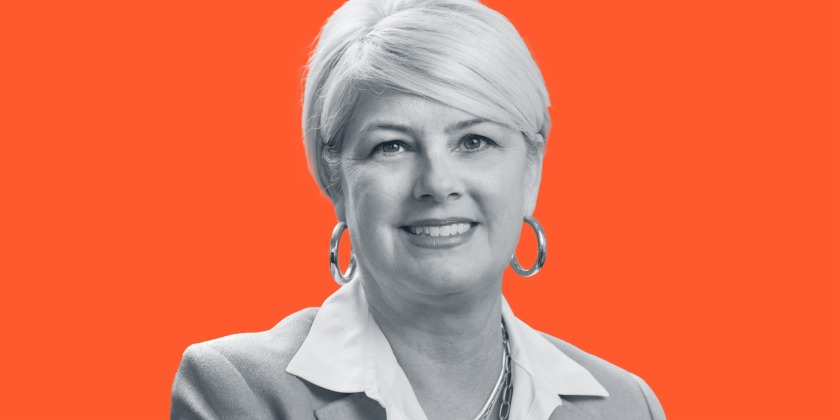

.avif)



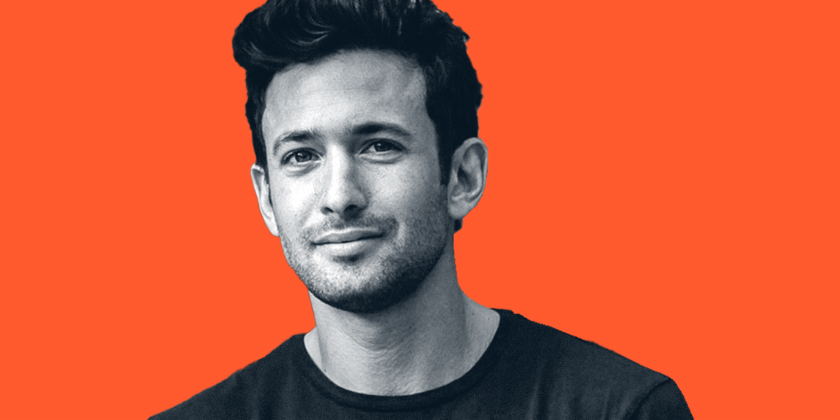

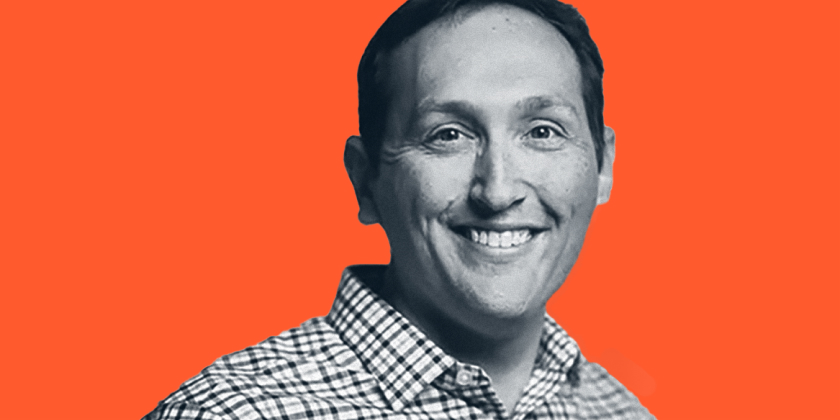
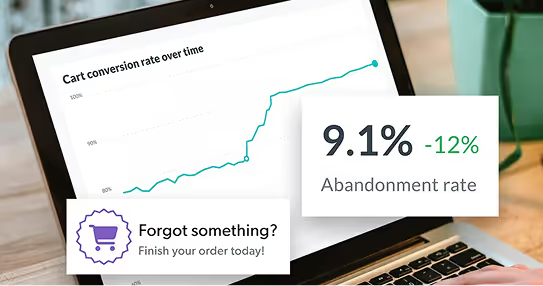
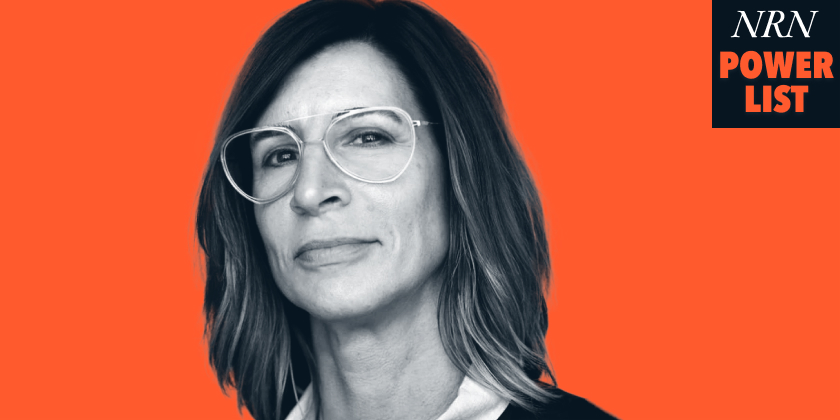
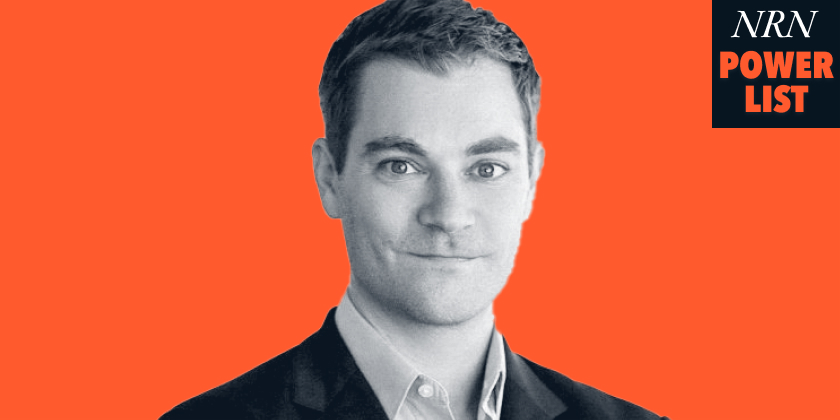
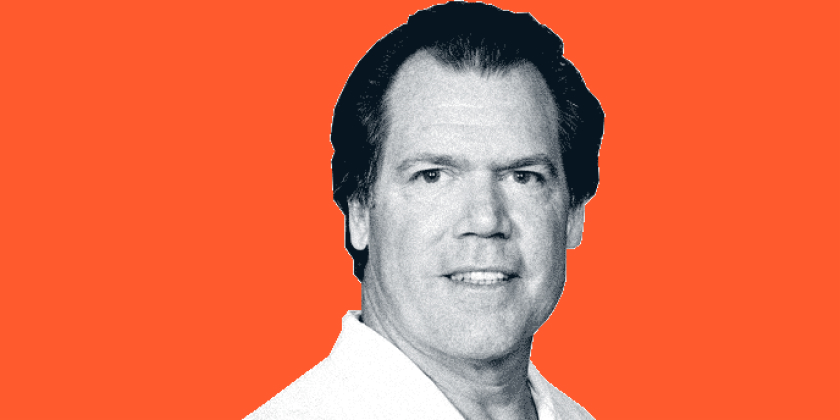
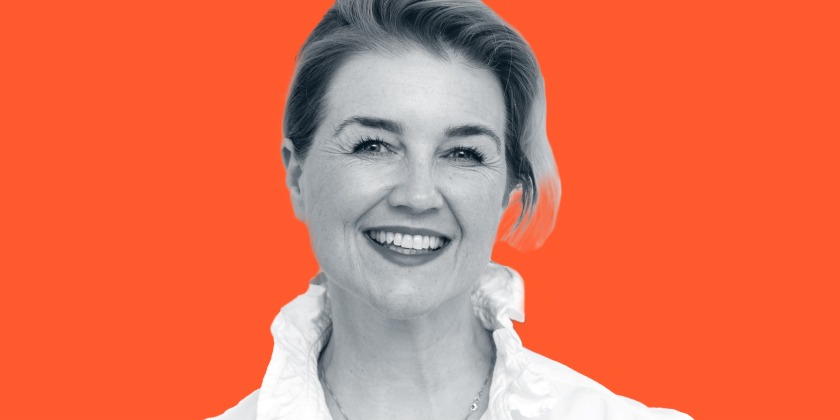
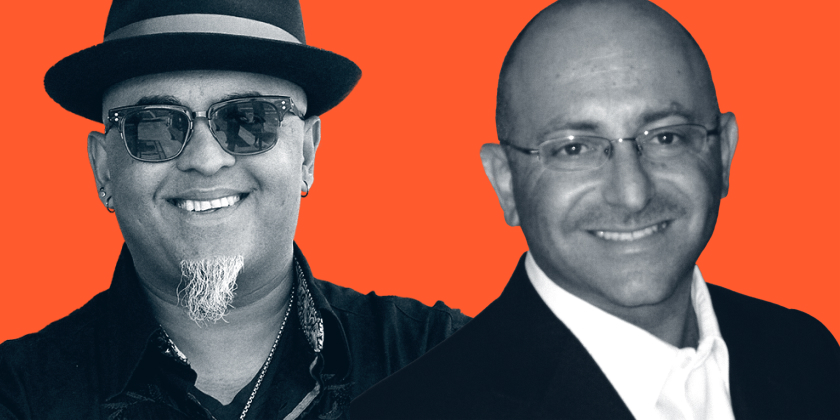
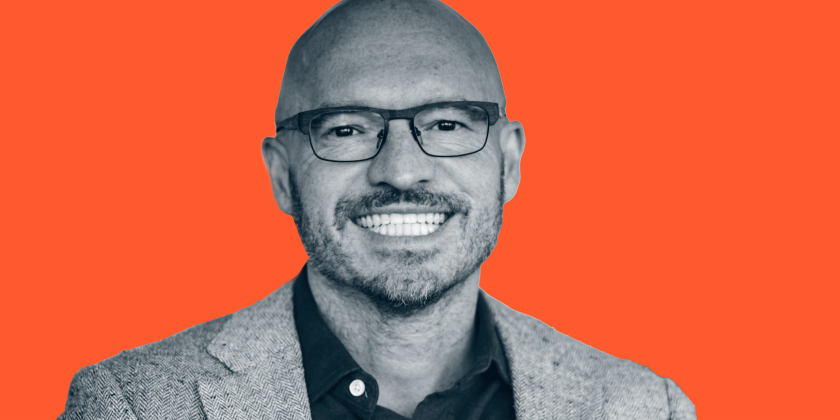

.avif)
.avif)